Azalea Mulching Guidelines: What’s The Best Azalea Mulch

Amy Draiss
Azaleas, plants in the Rhododendron genus, are among the most colorful and easy-care flowering shrubs a gardener can have in the backyard. Their requirements are few, but they do need moist soil. Mulching azalea bushes is one way to keep the humidity in the soil, but using mulch for azaleas helps the plants in other ways too. Read on for information about the best azalea mulch, including tips on how to mulch azaleas.
About Azalea Mulching
Before you choose a mulch for azaleas, it’s important to understand the concept of mulch. Mulch is a verb that means placing a layer of material on the top of the soil around plants to hold in moisture and keep down weeds. It’s also a noun referring to the material you can use.
Almost anything capable of being layered can work as mulch, including newspaper, pebbles, and chopped dry leaves. Many gardeners think organic mulch is best, and it does seem to be best for azalea mulching.
Organic mulches are materials that were once alive, like pine needles, organic compost, and dried leaves. Organic mulches work best as mulch for azaleas since they disintegrate into the soil over time, enriching it and increasing drainage.
Reasons for Mulching Azalea Bushes
Azaleas can grow into good-sized shrubs, with some cultivars shooting up taller than the average gardener. No matter how tall they grow though, their roots are quite shallow. These plants need slightly acidic soil with excellent drainage, since they don’t like wet feet. Still, azaleas only thrive if the soil around their roots is moist soil.
That’s where mulching azalea bushes comes into the picture. Azalea mulching means you can water less but offer your plants consistently moist soil, since the best azalea mulches prevent moisture from evaporating in heat.
How to Mulch Azaleas
If you are wondering how to mulch azaleas, you’ll be happy to learn that it’s an easy task. You’ll need a good, organic mulch.
Gardening tips, videos, info and more delivered right to your inbox!
Sign up for the Gardening Know How newsletter today and receive a free copy of our e-book "How to Grow Delicious Tomatoes".
The best azalea mulches include pine needles and dried, chopped oak leaves. These are organic mulches that do the job keeping the moisture in the soil, regulating soil temperature and keeping down the weeds. They also add a little acidity to the soil.
Mulching azaleas involves mounding about 3 or 4 inches (8-10 cm.) of one of these mulches in a wide circle around the base of the plant, covering the root area. Don’t extend the mulch right up to the plant; keep the mulch a few inches (8 cm.) from the stems and foliage.
It’s best to mulch soil that is already moist. You can do this by waiting until after a rain or watering the soil before mulching. Keep your eye on how the mulch is doing and replace it when it breaks down, usually at least once or twice a year.

Teo Spengler is a master gardener and a docent at the San Francisco Botanical Garden, where she hosts public tours. She has studied horticulture and written about nature, trees, plants, and gardening for more than two decades. Her extended family includes some 30 houseplants and hundreds of outdoor plants, including 250 trees, which are her main passion. Spengler currently splits her life between San Francisco and the French Basque Country, though she was raised in Alaska, giving her experience of gardening in a range of climates.
- Amy DraissDigital Community Manager
-
 Zinnias On Repeat: 10 Glorious Cut-And-Come-Again Varieties For Endless Summer Bouquets
Zinnias On Repeat: 10 Glorious Cut-And-Come-Again Varieties For Endless Summer BouquetsThese zinnia varieties keep giving all summer, making them the perfect choice for dedicated cutting gardens – or just the occasional homegrown bouquet.
By Ellen Wells
-
 Create A Romantic Garden Straight Out Of Bridgerton: Regency Era Romance In Your Garden
Create A Romantic Garden Straight Out Of Bridgerton: Regency Era Romance In Your GardenTry some romantic garden ideas straight out of Bridgerton. Flowers and gardens in the Regency era were lush and charming and you can get the same look!
By Bonnie L. Grant
-
 Zinnias On Repeat: 10 Glorious Cut-And-Come-Again Varieties For Endless Summer Bouquets
Zinnias On Repeat: 10 Glorious Cut-And-Come-Again Varieties For Endless Summer BouquetsThese zinnia varieties keep giving all summer, making them the perfect choice for dedicated cutting gardens – or just the occasional homegrown bouquet.
By Ellen Wells
-
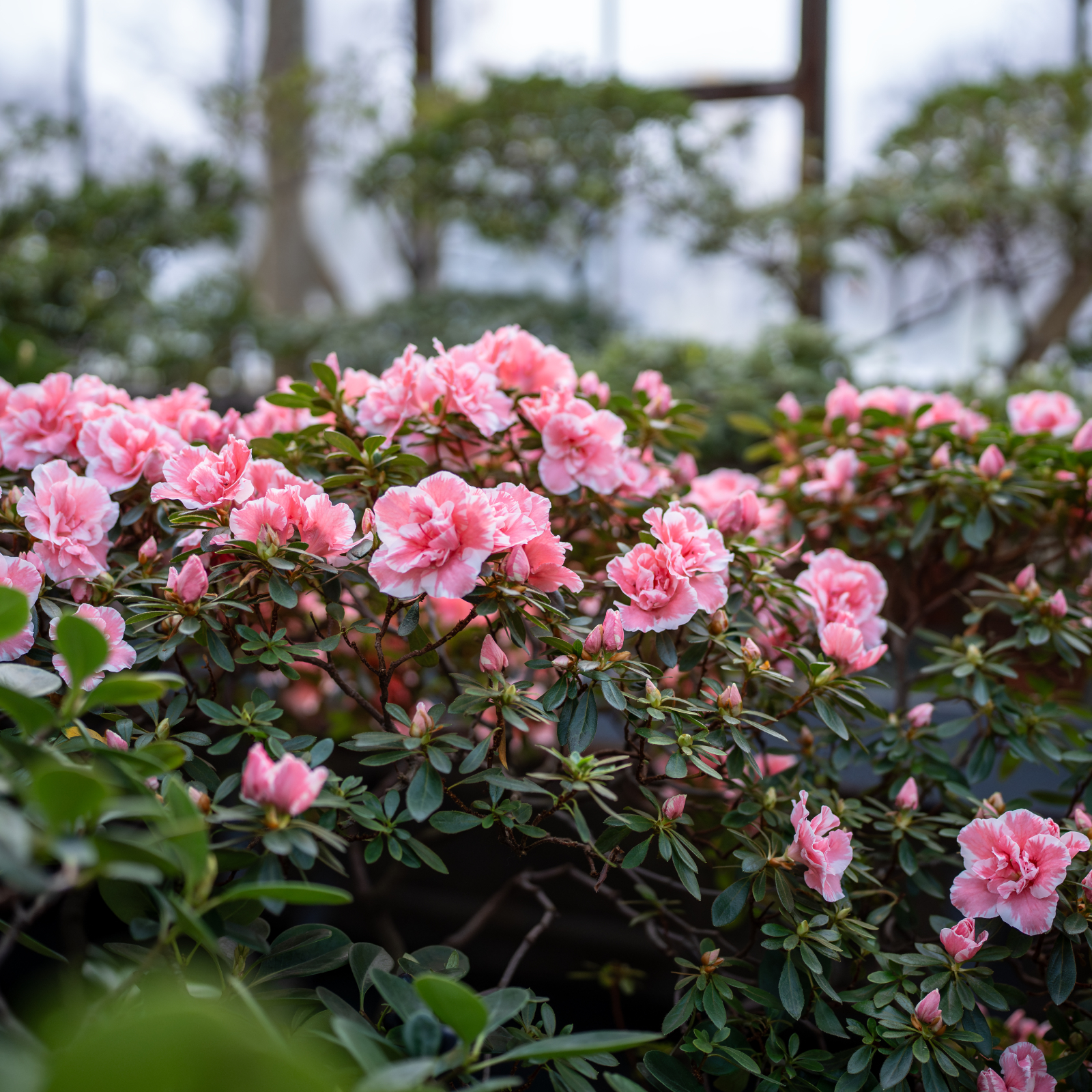 What Is The Size Of An Azalea? Explore Different Varieties That Will Suit Every Garden
What Is The Size Of An Azalea? Explore Different Varieties That Will Suit Every GardenThe size of azaleas can vary widely because they have been selectively bred for different landscape needs. Check out our picks for each size category.
By Mary Ellen Ellis
-
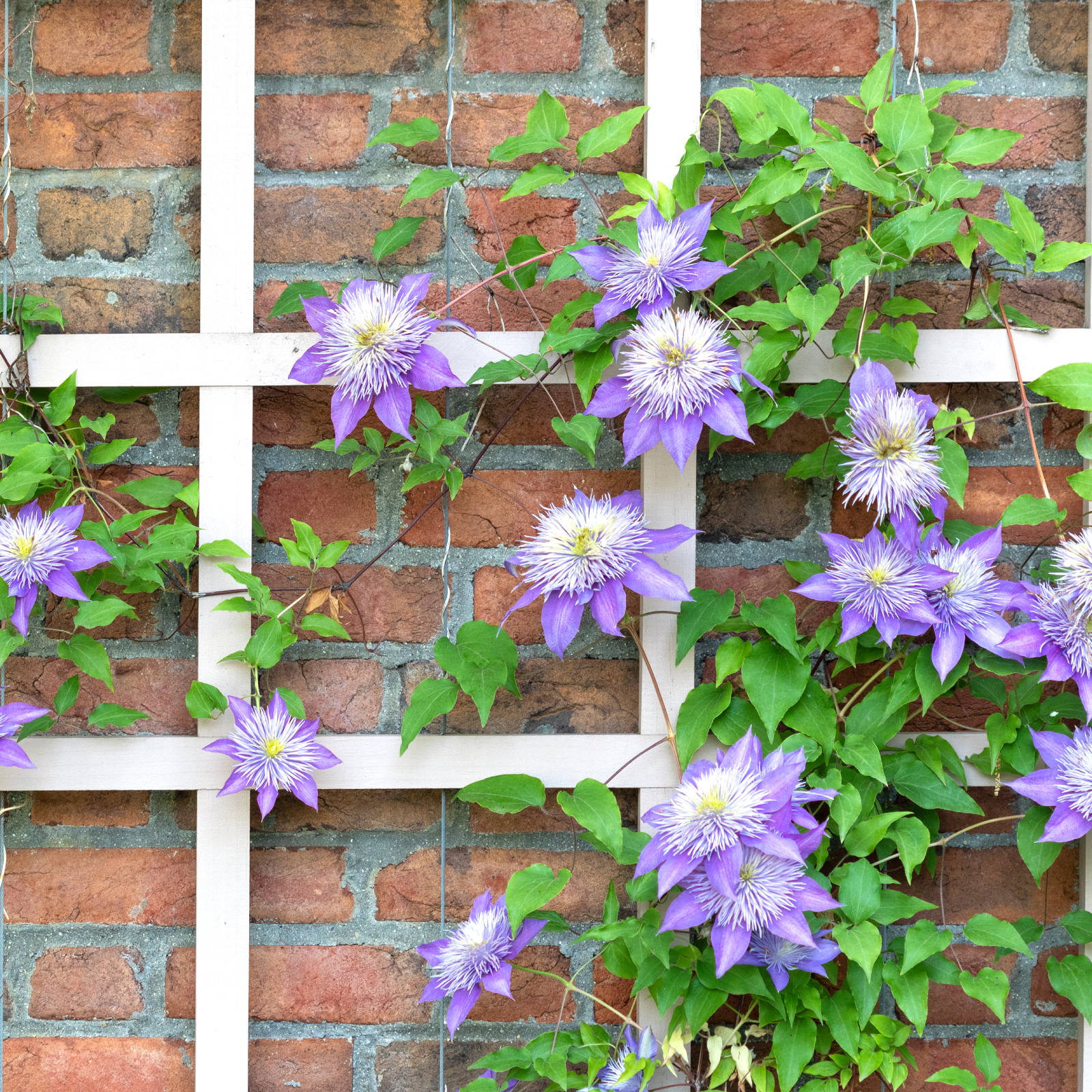 5 Fabulous Fast-Growing Vines – That Will Quickly Climb Any Arbor, Trellis, Or Fence
5 Fabulous Fast-Growing Vines – That Will Quickly Climb Any Arbor, Trellis, Or FenceThese fast growing vines are perfect for covering any eyesores in your yard or creating a living fence. They will provide great visual interest, as well.
By Amy Grant
-
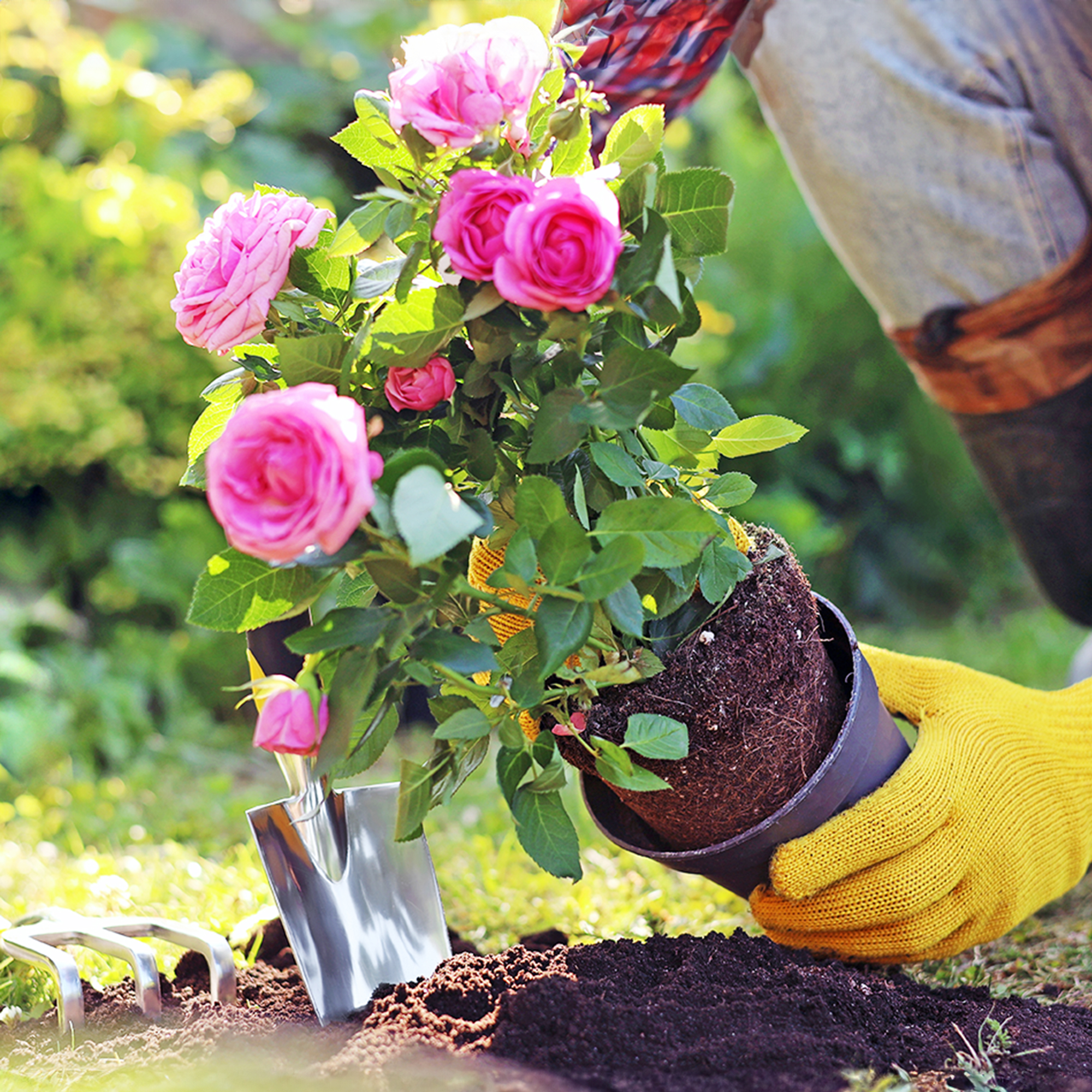 When To Plant Roses: The Best Time For Your Climate And Rose Type
When To Plant Roses: The Best Time For Your Climate And Rose TypePlant your roses at the right time and you will be rewarded with decades of glorious summer flowers – but get it wrong and you'll be crying over dead shrubs.
By Teo Spengler
-
 Spectacular Early Blooming Shrubs: 6 Sparkling Spring Flowering Bushes
Spectacular Early Blooming Shrubs: 6 Sparkling Spring Flowering BushesWant to kickstart your gardening year with dazzling spring flowering bushes for beds and borders? These unique early bloomers are sure to help you rise and shine!
By Teo Spengler
-
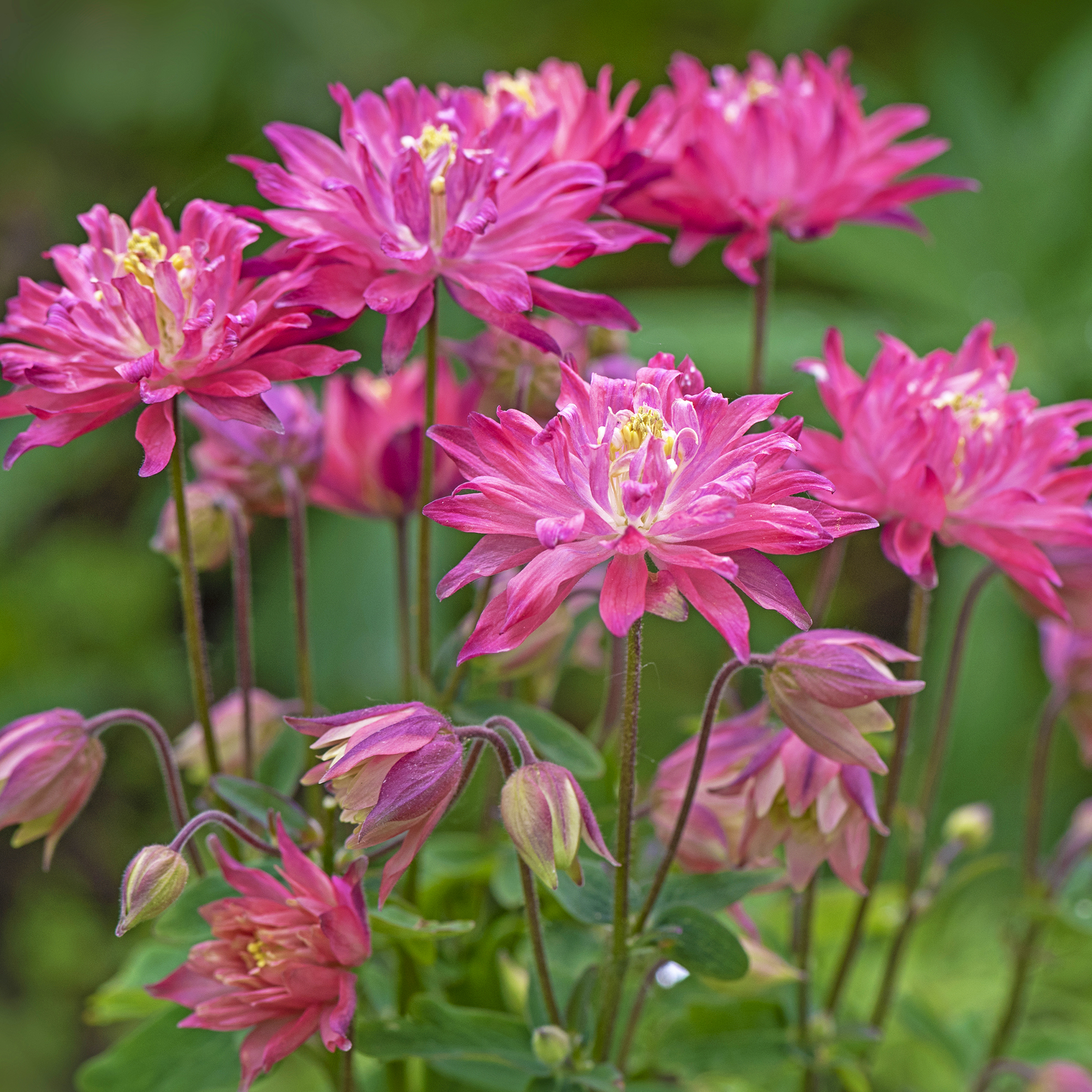 7 Shade-Loving Flowers To Start From Seed Now For A Stunning Summer Garden
7 Shade-Loving Flowers To Start From Seed Now For A Stunning Summer GardenTurn shady spots into vibrant new garden spaces with lovely and illuminating shade-loving flowers.
By Ellen Wells
-
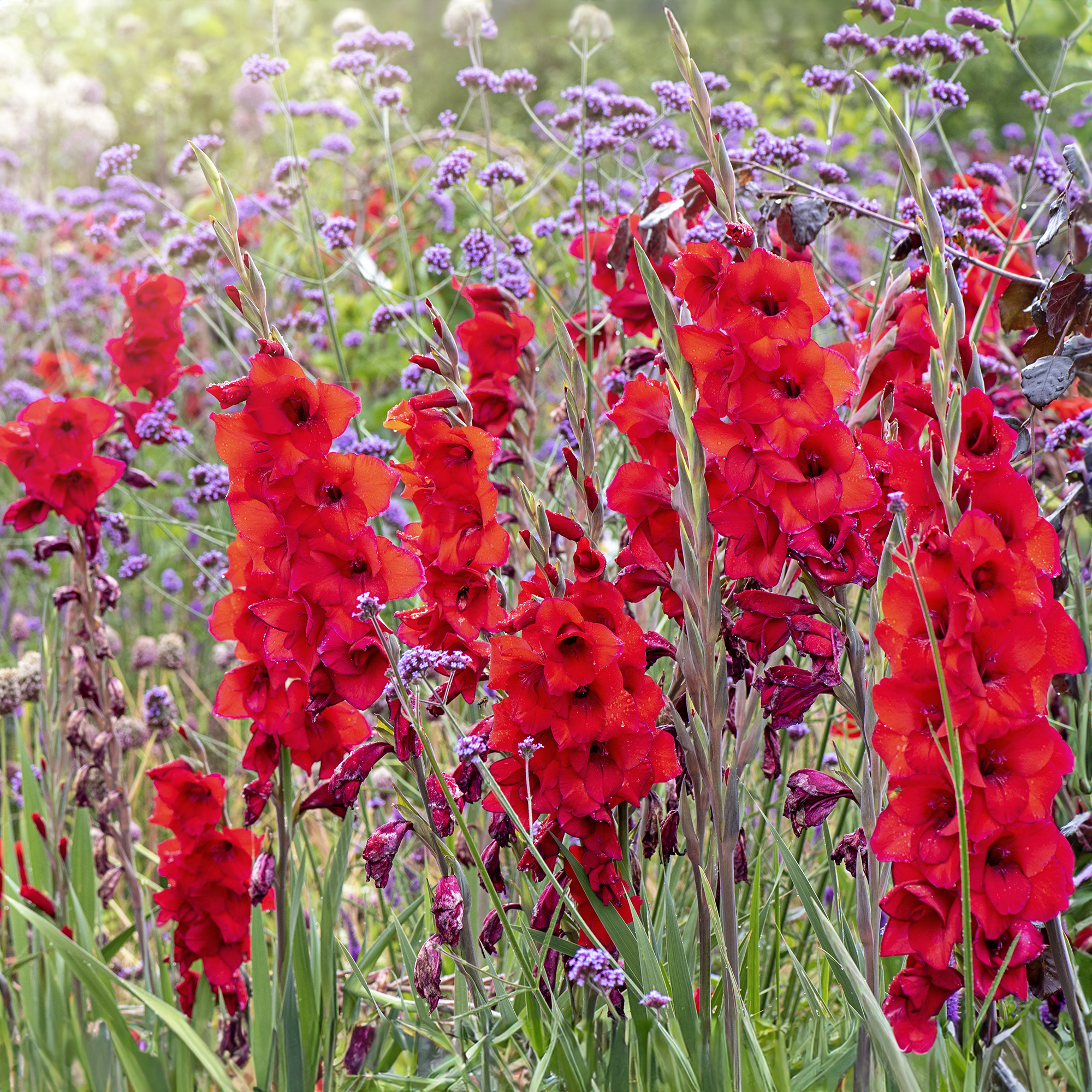 7 Summer-Blooming Bulbs To Plant In Early Spring: Don't Miss Months Of Glorious Flowers!
7 Summer-Blooming Bulbs To Plant In Early Spring: Don't Miss Months Of Glorious Flowers!Get a head start on stunning summer blooms with these easy-to-plant bulbs – act early and you will enjoy vibrant flowers that last for months on end.
By Mary Ellen Ellis
-
 Quick Fire Hydrangea – The Elegant, Easy-Care Shrub Every Gardener Needs In Their Landscape
Quick Fire Hydrangea – The Elegant, Easy-Care Shrub Every Gardener Needs In Their LandscapeIf you’re after an early flowering panicle hydrangea that offers plenty of floral variety, the Quick Fire hydrangea goes big on visual dynamics from early summer to fall
By Tonya Barnett